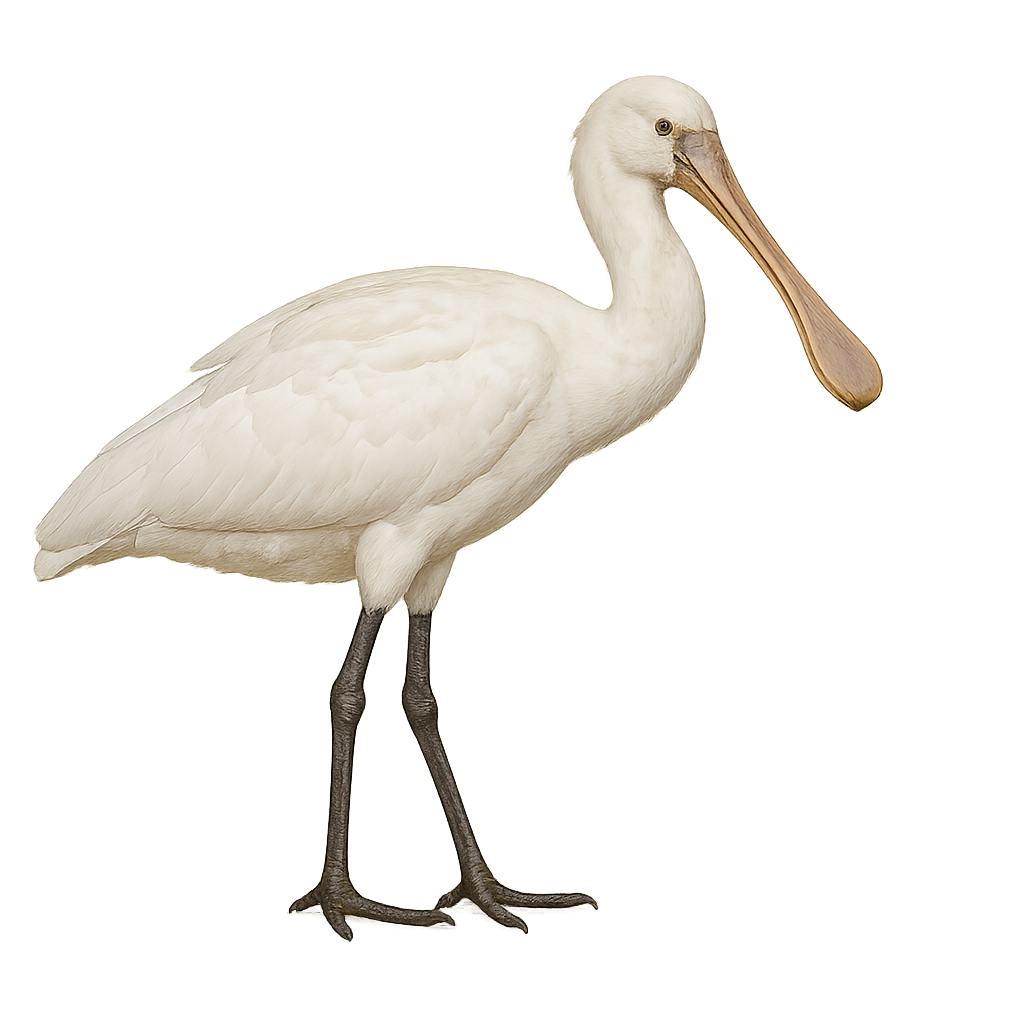Your wildlife photography guide.
Explore the white spoonbill in detail, study its behavior, prepare your shots.
Where to observe and photograph the white spoonbill in the wild
Learn where and when to spot the white spoonbill in the wild, how to identify the species based on distinctive features, and what natural environments it inhabits. The WildlifePhotographer app offers tailored photography tips that reflect the white spoonbill’s behavior, helping you capture better wildlife images. Explore the full species profile for key information including description, habitat, active periods, and approach techniques.
White Spoonbill
Scientific name: Platalea leucorodia

IUCN Status: Least Concern
Family: ARDEIDAE
Group: Birds
Sensitivity to human approach: Suspicious
Minimum approach distance: 30 m
Courtship display: March to May
Incubation: 24-25 jours
Hatchings: April to June
Habitat:
Wetlands and marshes
Activity period :
Primarily active during the day, with peak activity in the morning and late afternoon.
Identification and description:
The Eurasian Spoonbill is a medium-sized bird primarily found in wetlands across Europe, Asia, and North Africa. It measures about 80 to 95 cm in length, with a wingspan of 120 to 130 cm, and weighs between 1.5 and 2.5 kg. Its plumage is predominantly white, with a long spoon-shaped bill that allows it to forage in shallow waters, primarily feeding on aquatic invertebrates, small fish, and crustaceans. The Eurasian Spoonbill is often seen in groups, feeding in marshes, rice fields, or estuaries. It is migratory, moving to warmer regions during the winter. While its population remains stable in certain areas, the Eurasian Spoonbill faces threats related to habitat loss, water pollution, and urbanization.
Recommended lens:
300 mm – adjust based on distance, desired framing (portrait or habitat), and approach conditions.
Photography tips:
Use a telephoto lens to photograph from a distance, respecting the discreet nature of the species.
Photograph early in the morning or late in the afternoon, when the soft light highlights the bright white plumage of the spoonbill, especially its long spatula-shaped bill.
Look for it in wetland areas, such as marshes, estuaries, lagoons, and riverbanks, where it mainly feeds on small fish and aquatic invertebrates.
Be patient and discreet to avoid disturbing its natural behavior. Avoid sudden movements and maintain silence.
The Spoonbill is a protected species in many regions due to the loss of its natural habitat. It is essential to respect its environment and minimize disturbances, especially during the breeding season.
The WildlifePhotographer App is coming soon!
Be the first to explore the best nature spots, track rutting seasons, log your observations, and observe more wildlife.
Already 1 432 wildlife lovers subscribed worldwide

